RAJOURI, India—Surjeet Prakash and Kailash Devi heard a gunshot one morning seven months ago while in their home in the village of Kalal, on the Indian side of the border with Pakistan, which is one of the most volatile, disputed boundaries in the world.
“I ran into my son’s room and asked if they heard a shot fired,” Devi, 64, said. “My daughter-in-law said, ‘Mother, it has hit me.’”
The bullet, which came through a window, ripped through Devi’s daughter-in-law’s leg as well as her sleeping son’s leg, and passed through a wooden door before lodging in a wall where their wedding pictures are displayed.
After India and Pakistan exchanged heavy artillery and mortar fire on Nov. 13, killing soldiers and citizens on both sides of the border, The Epoch Times traveled to one of the villages on the Indian side on Nov. 16 to get a glimpse of life in that environment.
“It was so fast,” said Devi, whose large veranda faces farms that are encircled by three mountains covered with pine forests. “Those two on the sides are India and one in the middle is Pakistan,” she said, describing how the locals define the disputed India–Pakistan border in this part of India.
Outside their large metal gate, people purchase handmade quilts while others shop for daily needs from a grocery store—all seemingly unmindful of the cross-border clash in these mountains on Nov. 13, just a day before Diwali, the festival of lights.
“We do feel afraid, but where can we go?” said Prakash, 66. “Our home is here, our farm is here. Our entire living is here.”
Just a mile away, Billo Devi, 58, was tending to her cattle, and her husband, Shamsheer Singh, 68, was working in his fields when the shooting started from across the border and mortar shells began falling on the side of the mountain. Their 40-year-old bedridden special-needs son was lying on a cot on the veranda, with his 1-week-old pet lamb tied to a nearby pillar.
“We immediately carried my son’s cot into the bunker,” he said, referring to an underground defensive shelter financed by the Indian government. “It had rained recently and it was full of water, so we then threw out water with the buckets.”
“We always wonder when it'll fall on us,” he said, with a smile that belied the tension in his brow.
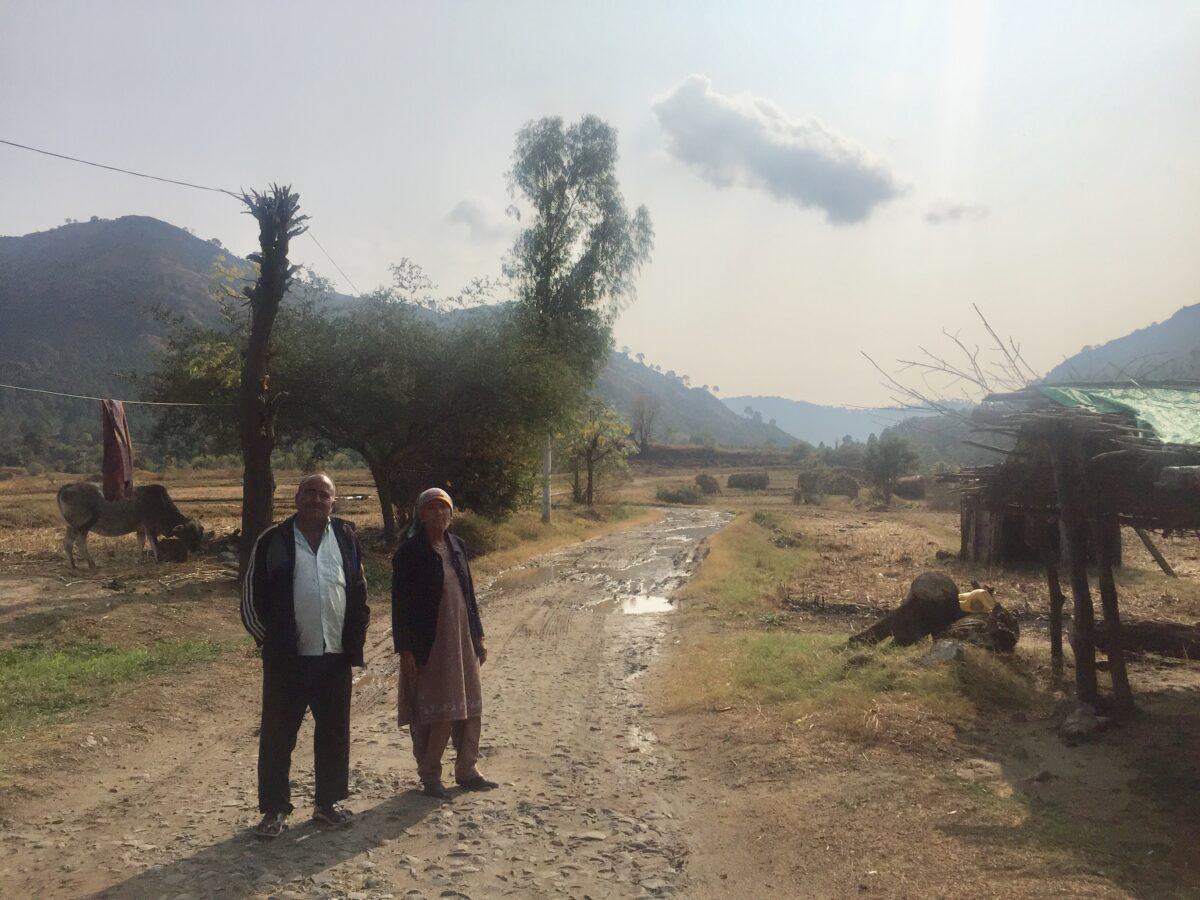
Residents of every home that The Epoch Times visited in Kalal shared a story about when a bullet from across the border hit a wall or a nearby tree.
“Fortunately, it has spared people [on] this side. Even now, while we talk, we are not safe,” said Ramesh Chaudhary, the sarpanch (elected head) of three villages—Kalal, Deeing, and Chak Sarkari—in an interview at Prakash and Kailash Devi’s home.
“Whenever firing happens, people wonder if they will be alive to eat the evening meal. A bomb is a bomb—it doesn’t check race or community before it falls somewhere. It doesn’t see religion—Hindu or Muslim.
“Fear is also fear.”
Flooded Bunkers
Ten minutes before Chaudhary entered Prakash and Kailash Devi’s home, he was checking the condition of the bunker at the nearby school. The school was empty due to the COVID-19 lockdown.The Indian government has built community bunkers as well as individual family shelters on the border for residents to use in the event of military clashes. There are 450 bunkers in Chaudhary’s panchayat; he says 250 more are needed.
“People need individual bunkers because houses are very scattered. Some houses are 50 meters away, some 100, and some are even 200 meters away from each other. We request the central government [Indian administration in New Delhi] to give us 250 more bunkers. We should be able to construct more individual bunkers,” Chaudhary said.
The federal government in India pays the community 10.5 lakhs ($14,102) to build a community bunker in this border region, while a family can receive up to 3.5 lakhs ($4,700) to construct an individual bunker, according to Chaudhary.
The bunker built for the school appears to still be under construction. Cement steps lead first to a small washroom fitted with a few pipes, not yet functional. Another 10 steps below, the underground room is filled with a few inches of water. Narrow beams of light reflect on the pooled water through gaps in the two walls.
“Whenever it rains, water starts rising from the ground. If the bunkers are filled with water, how can the people take shelter in them?” Chaudhary said. “The bunkers have to be underground for safety. The government’s engineers must find solutions to this problem.”
A short distance from the school, 8-year-old Prachi is playing with 18-month-old Preetika while the baby’s mother washes kitchen utensils under a tree where a buffalo’s calf is tied.
Chaudhary points to the tree, and says, “A bullet is lodged here.”
Suffering
Chaudhary said that while people in the area appear to be living a normal life, the general problems of life and concerns that are specific to the region are aggravated because of the nearby disputed border and frequent shelling.“People face shortages of drinking water and continuous power supply. Our children get disturbed whenever shelling happens. They can’t study [attend schools] normally,” Chaudhary said.
“We request our government to provide us with 5 marlas [30 square yards] of land in a safer place so that parents can bring up their children there. The rest of the people can continue doing their agriculture here.”
According to Chaudhary, more than 200 mortar shells have fallen in his administered region in the past two years. Standing on his terrace, he points out two homes that have been damaged by cross-border firing.
“Even our village school wasn’t spared,” he said. “We left our homes in Pakistan in 1947 [after the partition of India and Pakistan] and came here and even now, our situation is the same on the border.”
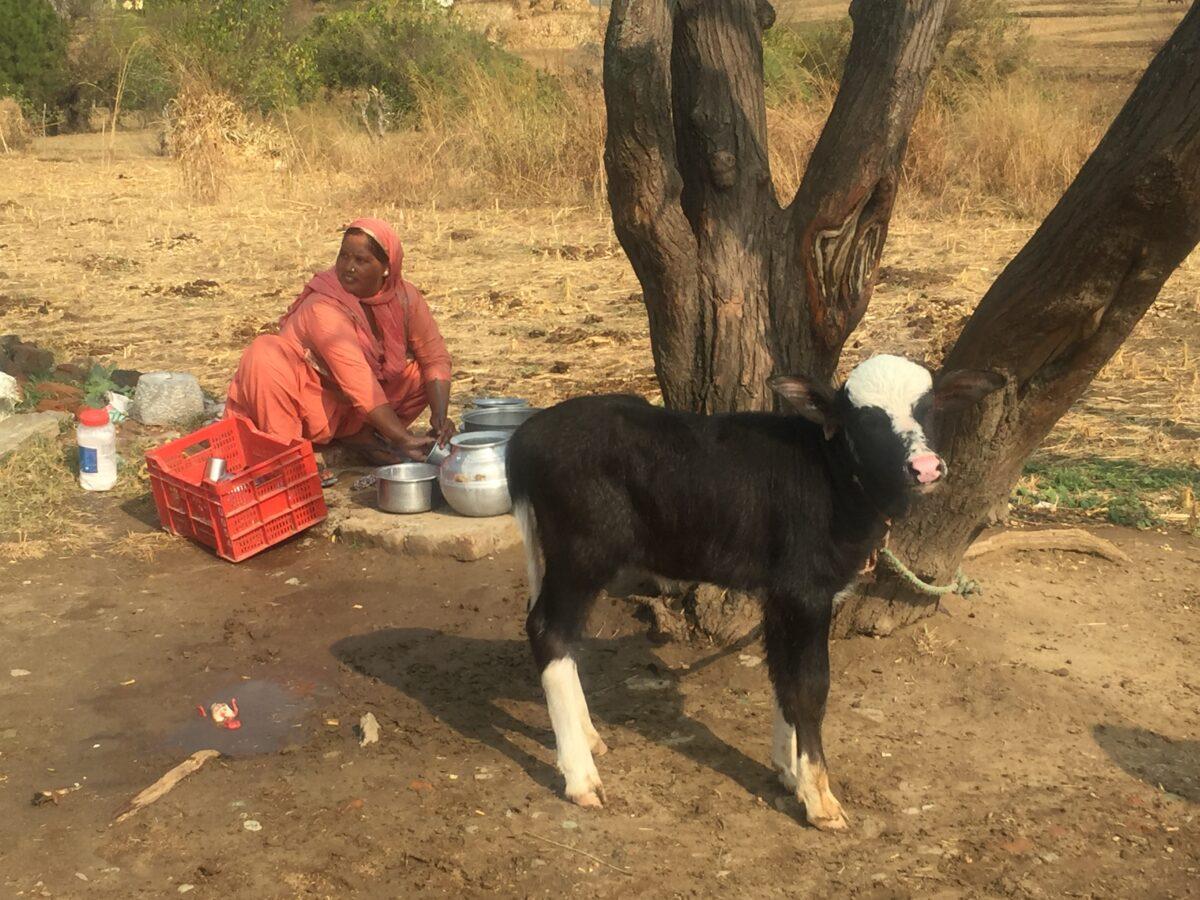
India and Pakistan’s birth from colonial India saw more than 14 million people migrating to the country of their choice, including Chaudhary’s grandfather.
“People plying private buses to earn and feed their children have lost employment. Laborers working in other cities and towns had to come back and sit at home,” he said.
This part of India is so remote that people face difficulties in reaching out to authorities at the district headquarters in the town of Rajouri, which is 27 miles away.
Billo Devi and Singh’s special-needs son, Bunty, hasn’t yet gotten an Adhaar card, a unique identity card based on biometric and demographic data, because his parents find it difficult to transport him to Rajouri. Bunty can’t receive any government help, including the monthly pension for disability, because he doesn’t have an Adhaar card, said Chaudhary.
“It will take 3,500 rupees [$47] to hire a taxi to transport him, and we would need an appointment beforehand,” Singh said, noting the financial and logistical challenges.
‘We Want Development’
Chaudhary said the most important thing needed for development in the region is education, which suffers because of the shelling.“Right now, people have to rent out homes in nearby towns to be able to enroll their children in better schools there. If we had good education here, why would they leave this region?” he said. “It’s not as good as it should be.”
Chaudhary, who was a truck driver around the northern part of India, said he had wanted to replicate what he saw outside the village and decided to come back and run for office.
He doesn’t belong to any political party and says that he won because he’s honest with people and understands their problems.
“I have already talked about problems related to the lack of drinking water and power supply. If we have better roads, good bunkers, then people won’t leave the region [even when there is shelling],” he said.
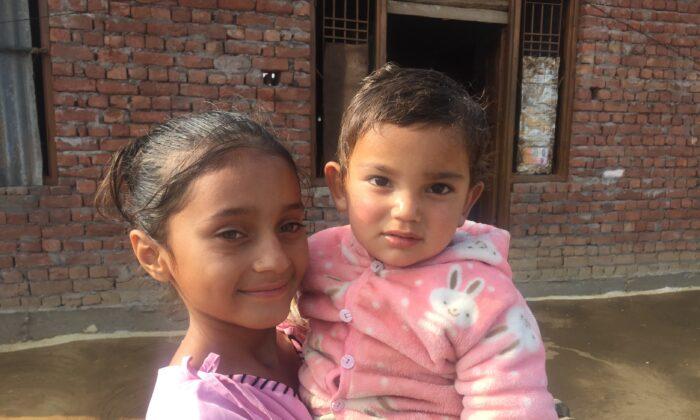

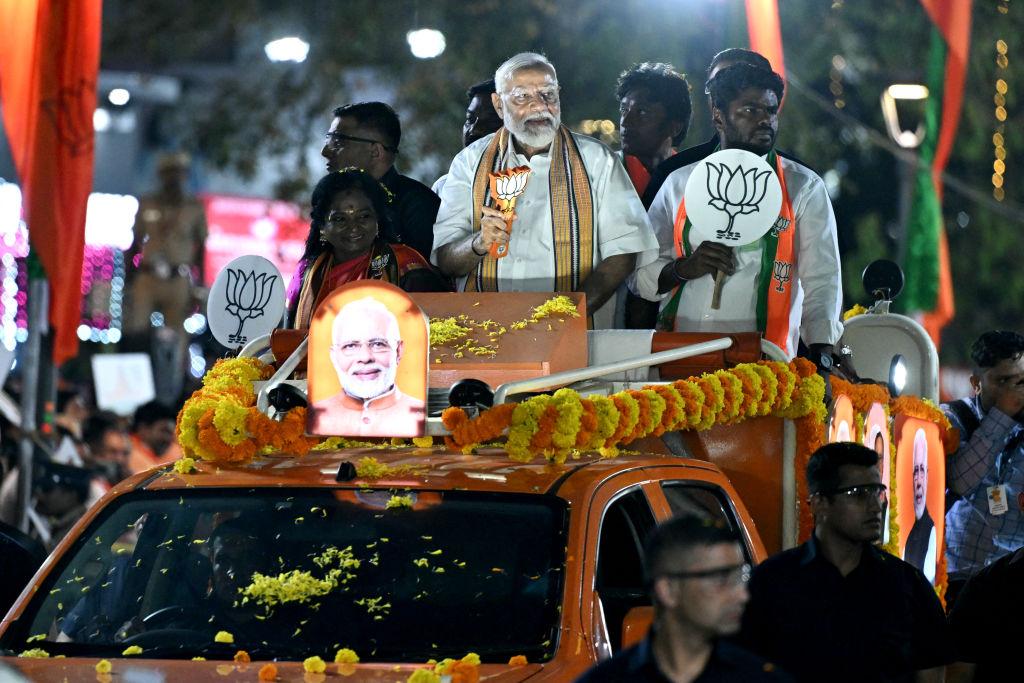
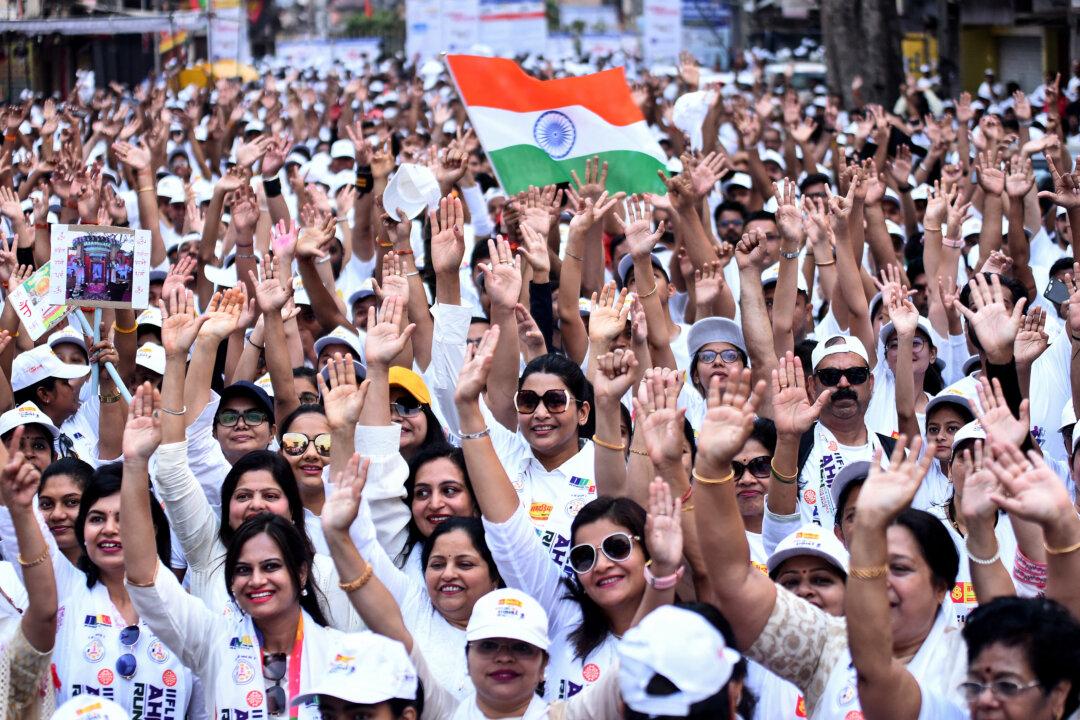
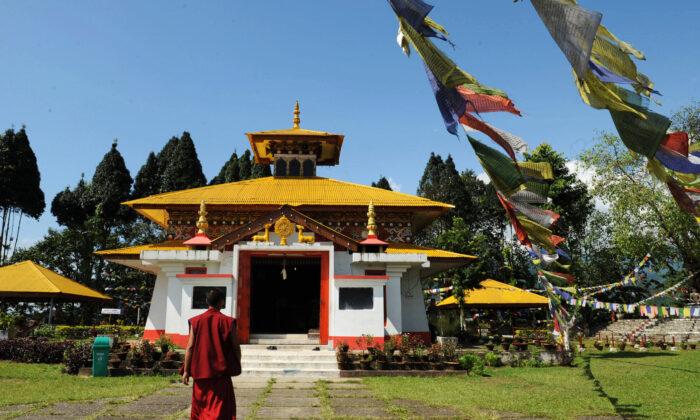
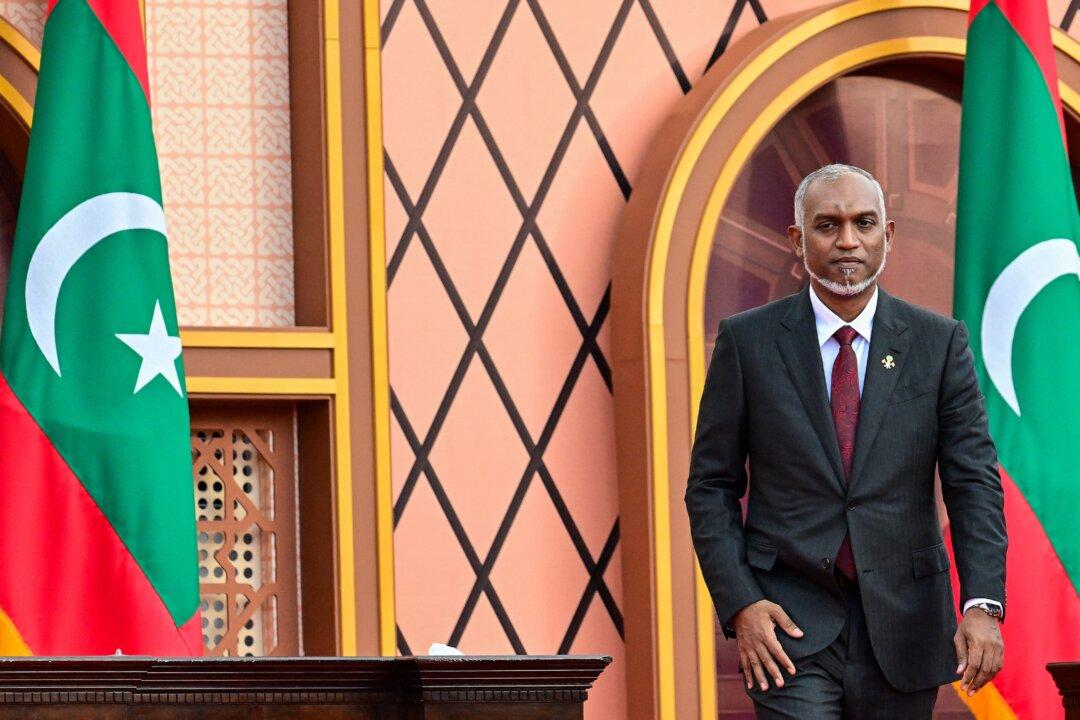
Friends Read Free